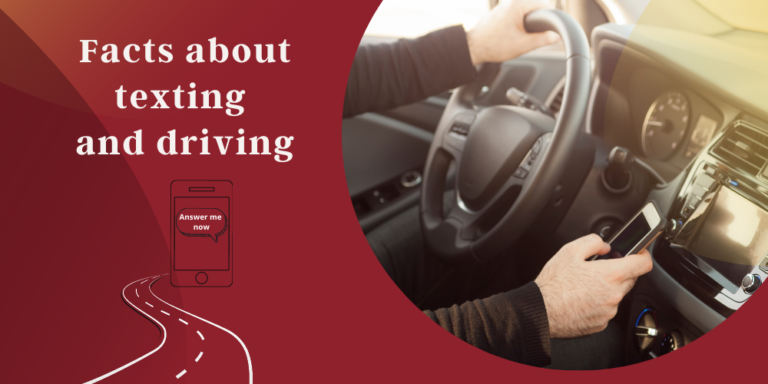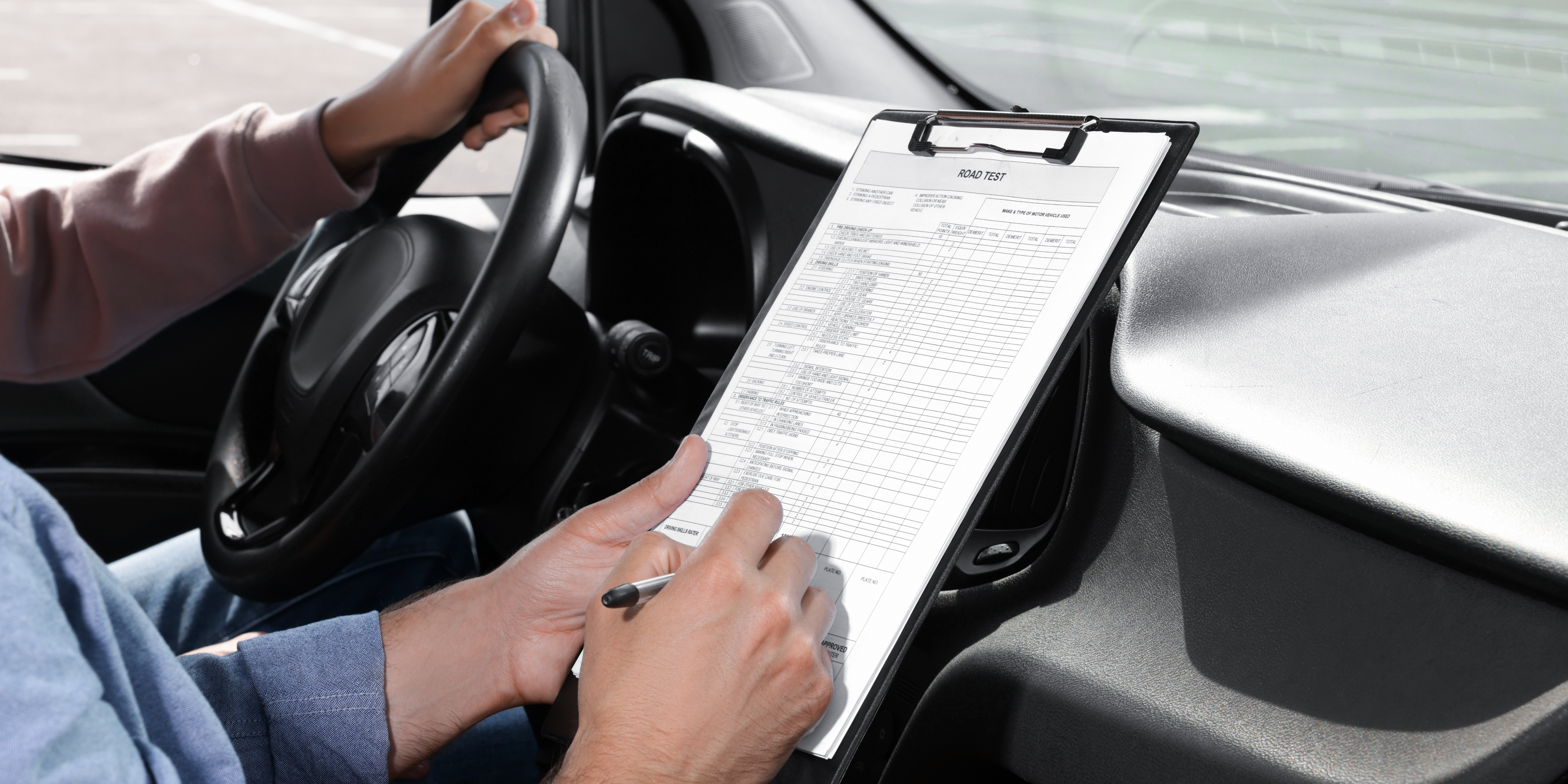As we all know texting and driving is a serious and dangerous form of distracted driving. However, many of us still have the temptation to grab our phones to catch a glimpse of the text we receive or to send a text while waiting at a red light or in the traffic. In fact, an average of 5 seconds is taken off the road to read or reply back to a text. A lot of us may just say that looking away for 5 seconds won’t do any bad, however, many dangerous actions are taken during that time period.
Phone distraction rates are critically high. The consequences or the possibility of injuring someone is a great risk factor of texting and driving, but some people are still susceptible to taking these actions. Our goal with this blog is to make people aware of the risks and to help them make the right decisions when they are on the road.
Why are people impatient about texting while driving?
Do we really need to text while driving? Is it urgent to send a text right when you’re driving? This question may be difficult to answer, however there are still numerous people who tend to put their lives in danger while underestimating the consequences. Here are some reasons that push people to take this risk:
1. The desire to multitask: Many people feel that they are efficient enough to multitask to save valuable time. Yet, studies have found out that in general doing two tasks at once makes people slower and less accurate.
2. The need and comfort of staying connected: In today’s society, it has become a culture to keep your phone in the hand. We have instant gratification of being in touch. In fact, we are highly addicted to our phones that we have the idea of receiving a call or text at any time.
3. The fear to miss out on something: Some of us are highly connected on social media and we feel that we need to stay alert to keep up with the latest news from our friends, family or even the world. In addition, being connected on social media has become a central part of people’s social lives and postponing participation means to eliminate the chance to be involved and to gain social approval.

4. Overconfidence: We all know that texting and driving is dangerous, but some of us still take this step because they’re overconfident. They tend to text because they feel that they know how to multitask and choose the safest time to text, for example, while waiting at a stop signal or the traffic. In other words, they feel that they know how to type fast than others. Really, it’s just different stages of rationalization. The idea here is to convince these people that it’s not about your ability to text quickly, it’s about the reaction time to control the situation from preventing the harm.
What are the Statistics of Texting and Driving?
- Texting and driving make an accident 23 times more likely
- 47% of Canadians admit to typing out or using the voice memo feature to send a message while driving
- 1.6 million crashes occur annually due to texting and driving
- 94% of teen drivers acknowledge that texting and driving is dangerous, but 35% of those admitted that they still do it
- 26% of all crashing involve phone use
- On an average of 77% of adults and 55% of teen drivers believe they can easily manage texting while navigating the road.
What is the fine and penalty for texting and driving in Ontario?
In Canada, texting and driving can cause fines from a range of $80 to $1,200. In addition, demerit points will also be added to the licence. Mobile technology has increased throughout the years, leading the government to take greater decisions to prevent these acts from occurring. For instance, as of January 1, 2019 if you get pulled over by a police officer for texting and driving for the first time, you can receive a fine up to $1,000 (before it was $490) and three demerit points. A second conviction can charge you up to $2,000 and a 7-day license suspension. A third conviction means a $3,000 fine with a 30-day license suspension. With this rule, the law officers hope to see a decline for the offense.
How can we prevent texting and driving?
Here are some strategies to help you get rid of the habit:
1. Put your phone somewhere inaccessible
Once you get into the car, take some time to go through your text or social media to avoid touching your phone while driving. Right after doing this, put away your phone in a spot that keeps your eyes away from your phone. Put it in your purse or compartment. This will make it harder for you to have access and less likely for you to try to reach for it.

2. Keep your phone on silent mode
Keeping your phone on silent is a great tactic from being aware of the ring. If you need to use the GPS mute the incoming calls and messages or turn your phone on the drive mode setting.
3. Make driving safely your first priority
When you are driving think of it as the most important task being performed. For sure, your family and friends wouldn’t want you to put your life at risk just to instantly reply to them while driving. When you get in your car, take the moment to let the person you are chatting with know that you are going to drive. This will make your driving less distracting.
4. Be a good influencer
Many young people are victims of texting and driving and although they are told to avoid texting and driving, the main reason for them to do it is because they see their parents doing it. Set a good example to make driving easier for people you are connected with. This will create better expectation and help develop good habits not only in you, but also your children.

What are some apps to prevent texting and driving?
Texting while driving can be really difficult for some people because they forget that they are risking their life. However, there are some apps that can prevent you from making mistakes that are not worth your life. These apps can block calls, read texts and email to enable you to focus on driving. These apps are the most effective alternative because it allows you to turn off texting while driving.
Here are some apps to stop texting while driving:
- DriveSafe.ly
- LifeSaver
- SAFELY GO
- Drivemode
At last, texting and driving or any other type of distraction is a choice. Only you can make decisions based on the cost of your life is worth the risk. The better you drive safely, the better example you set for others and contribute to a safer environment.






